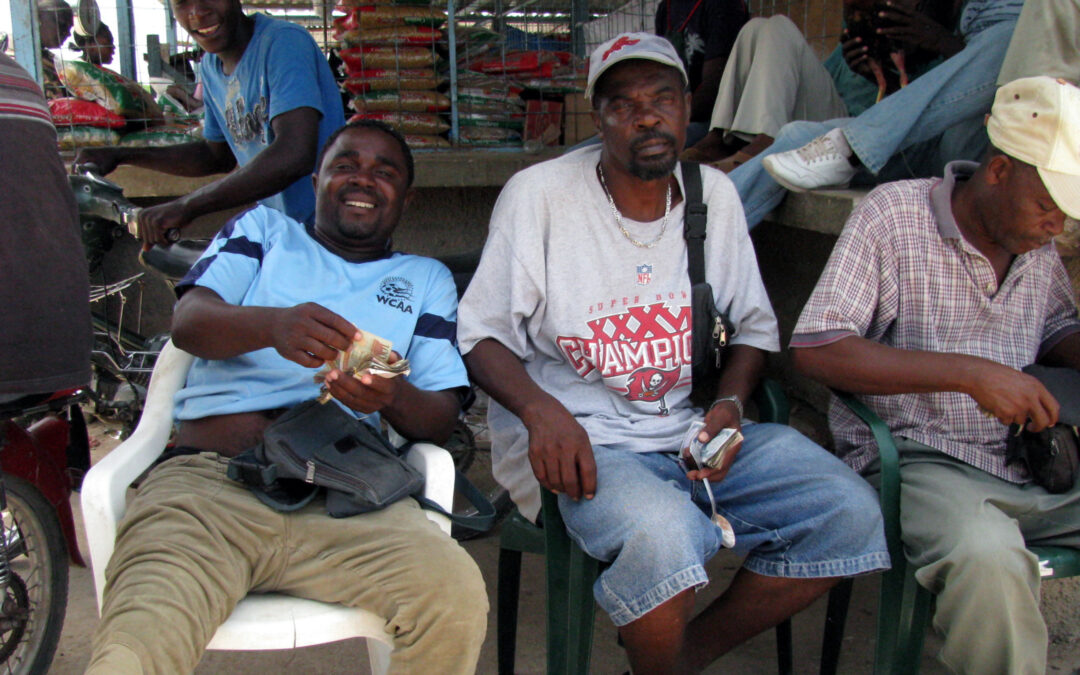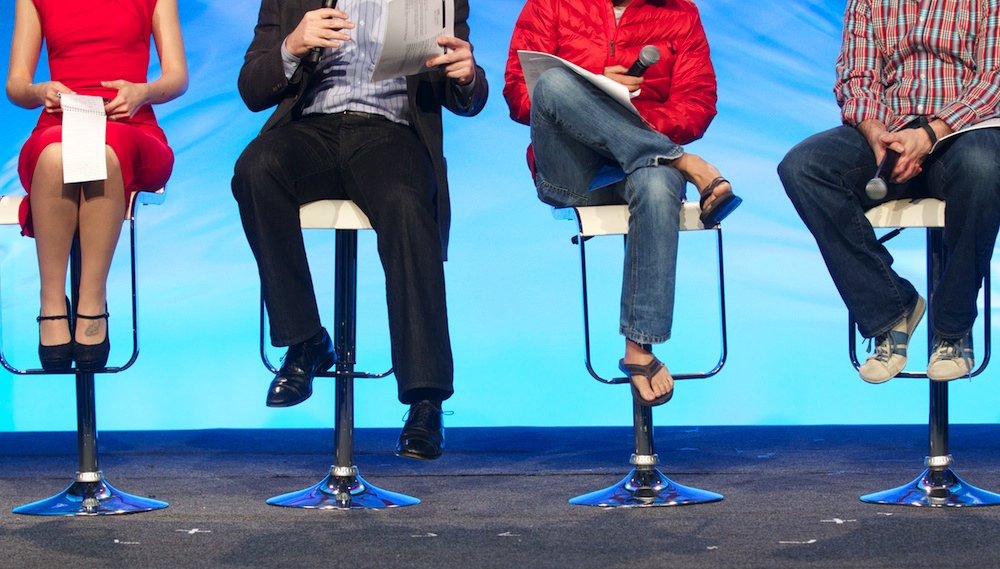“We don’t fail because we are not intelligent or erudite enough; we fail because we don’t present our stakeholders with engaging material that will improve their ideas. We choose the medium which makes us comfortable, not the one our stakeholders would prefer.” — Sam Ladner, Practical Ethnography...










